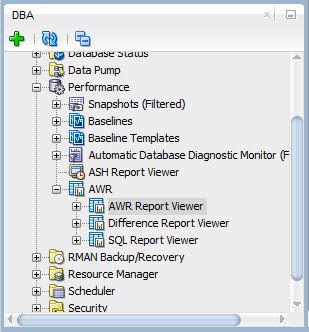I didn’t sleep too well the night before the Stockholm event, so I woke up feeling extremely groggy. I think it was just the combination of excitement and adrenalin you get before starting a tour. I met Lonneke and Sten for breakfast, then headed on to the conference venue.
I watched Lonneke presenting on SOA for the first two sessions of the day. This is completely not my area of expertise, but I learnt a lot in these sessions. I now understand a lot of the buzzwords and a lot of the common pitfalls for the first time ever. I’ll never be a SOA guy, but it’s nice to know a little more, so that I can understand when people are leading me astray. You don’t have to know how to swim to recognise when someone is drowning. 🙂
After those two sessions, I presented three sessions in a row, including my first ever WebLogic presentation. Eeeccckkk! I made it very clear I was not an expert! The approach was, this is what I wished I had known in my first hour of learning WebLogic! I think it went well. I got some helpful feedback from Lonneke, which I’ve added to the presentation.
After my last presentation we went straight from the conference to the airport. There was a problem with the boarding scanners, so we had to be processed manually, which meant we were about an hour late in departing. That meant we were too late to have dinner with the Danish OUG folks, which was a pity. So it was straight from the airport to bed.
Thanks very much to everyone that came to my presentations in Sweden, to ORCAN for inviting me and to OTN and the Oracle ACE Program for letting me take part in the event. 🙂
Cheers
Tim…
